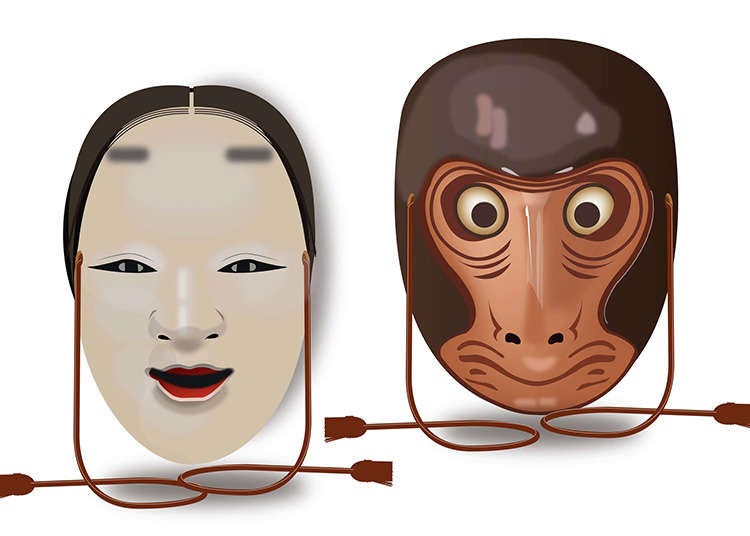
Nohgaku or Noh Theater, is a traditional Japanese public form of entertainment which includes the performing art known as noh, and kyogen (the comic theater that occurs during the interlude). It has been registered by UNESCO as an Intangible Cultural Heritage. The dances and stories performed by the actors on stage and the music played aren't the only points. Nohgaku also displays a unique sense of Japan.
The History of Nohgaku
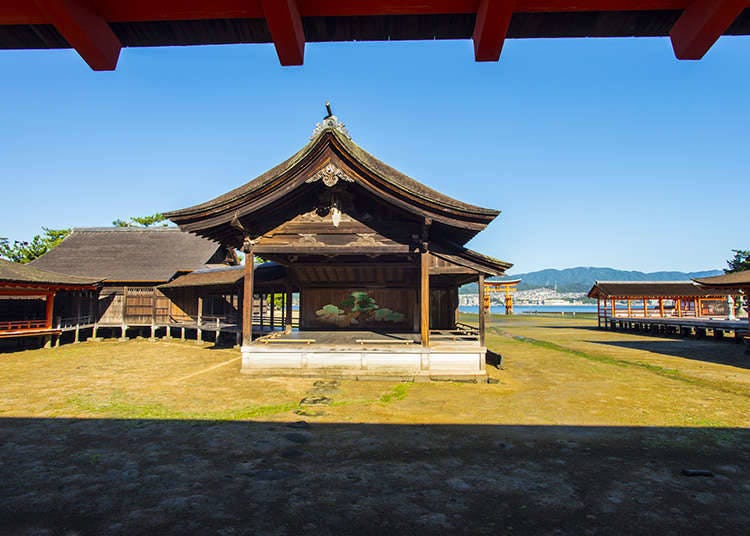
Nohgaku's origin can be traced back to the Nara period in the 700s, when sangaku was introduced in Japan from China. Sangaku, which employs comical performances and acrobatics, as well as mimicry, was a popular entertainment in temples and shrines and had spread among the masses. Nowadays, nohgaku is well-received even abroad and can still be enjoyed all over Japan as public entertainment and as a Shinto ritual.
Noh Actors
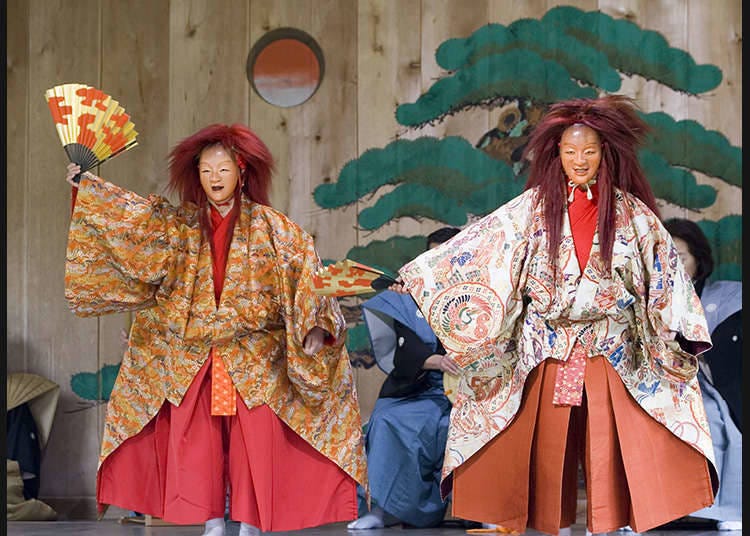
The protagonist in nohgaku is called "shi-te". Aside from taking the role of a human, the shi-te can also be a god, a warrior's ghost, a woman's ghost, a madwoman, a tengu (a supernatural mountain spirit with red skin and a long nose), or a dragon god, among a wide variety of roles. The counterpart of the shi-te is called “waki,” a role that is indispensable in most performances.
The Music of Noh
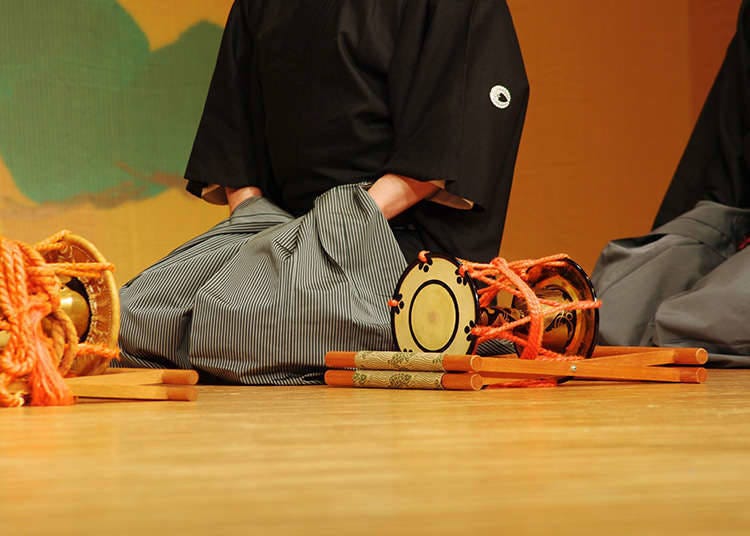
On the stage, aside from the performance of noh actors, musical accompaniment that matches the scene is also essential. An important factor is the instruments they use, such as a transverse flute called nohkan, kotsuzumi (shoulder-drum), otsuzumi (hip drum) and taiko (stick-drum) as well as the voice of the percussionists making sounds like "yo," and "ho," as they hit percussion instruments, such as taiko, and liven up the stage.
The Noh Stage
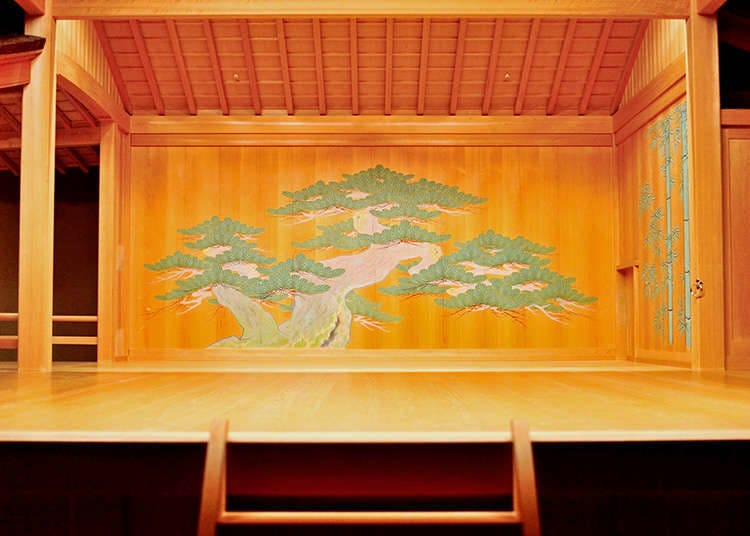
The noh stage is made from Japanese cypress. Among these, two of the most popular places for noh are the National Nohgaku Theater, which is a public theater and the nohgaku theater built on top of the sea at the World Heritage Site, Itsukushima Shrine.
Points to Attending the Theater
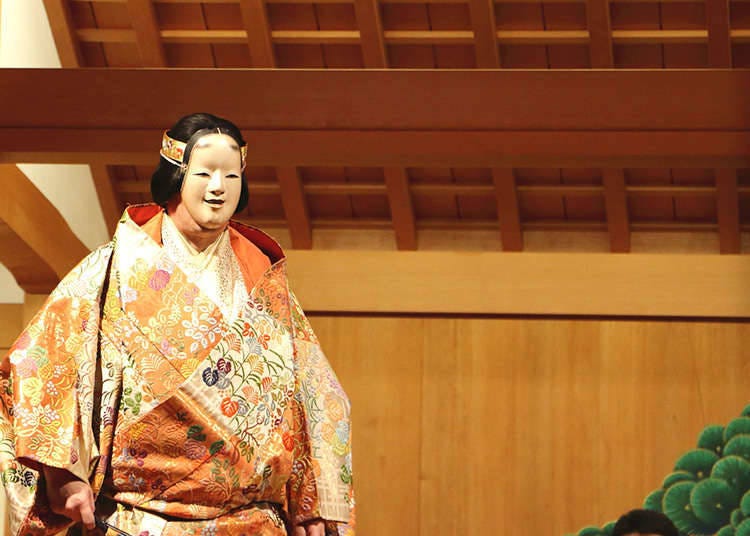
Before going to the theater, many audience members buy the written shisho (poetry and prose) at the theater shop in order to further enjoy nohgaku. The flow of the story is thoroughly written on the shisho, which is the program's script, as well as the position of the characters, their emotions, and the period background.
Theater Etiquette
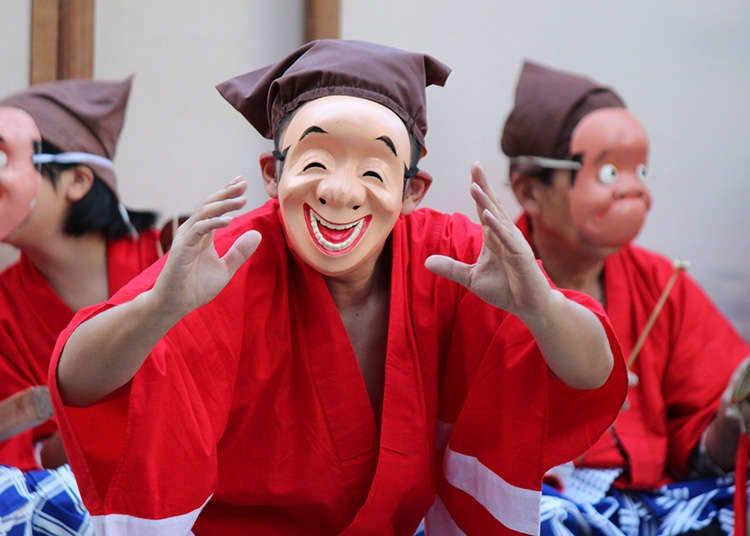
When going to see nohgaku you can wear casual clothes, as there isn't a dress code. In the past, there was a lot of clapping and yelling from the audience during the performance, but these days, the audience doesn't tend to clap as much as in the past. Watching the performance silently is the typical etiquette for nohgaku.
- Category
*Prices and options mentioned are subject to change.
*Unless stated otherwise, all prices include tax.
Recommended places for you
-

Kambei Sannomiyahonten
Yakiniku
Kobe, Sannomiya, Kitano
-

ISHIDAYA Hanare
Yakiniku
Kobe, Sannomiya, Kitano
-

Jukuseiniku-to Namamottsuarera Nikubaru Italian Nikutaria Sannomiya
Izakaya
Kobe, Sannomiya, Kitano
-

Kanzenkoshitsuyakinikutabehodai Gyugyu Paradise Sannomiya
Yakiniku
Kobe, Sannomiya, Kitano
-
Appealing

Rukku and Uohei
Izakaya
Sapporo / Chitose
-
Goods
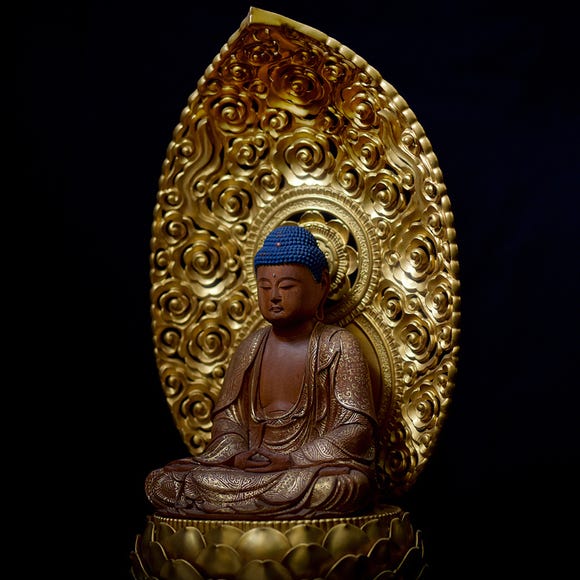
Yoshida Gennojo-Roho Kyoto Buddhist Altars
Gift Shops
Nijo Castle, Kyoto Imperial Palace
-

A Don Quijote Like No Other: Step Inside the All-New Tourist-Friendly Store at Shinjuku Tonanguchi Bekkan (Open June 13)
by: Chehui Peh
-

Ryuguden: Soak in Front of Mount Fuji At This Legendary Hakone Onsen (In-Depth Review)
by: Yoshika Izumi
-

Discover Japan Duty Free GINZA: A Unique Shopping Experience in the Heart of Tokyo
by: Chehui Peh
-
Ad

Lapoppo Farm, one of Japan's leading makers of sweet potato treats! An in-depth guide to the secrets behind its popularity, including best-selling products and facilities!
-

Hotel Green Plaza Hakone (Review): Soak in the View of Mt. Fuji from an Open-Air Hot Spring
by: Mayumi Kawai
-

There’s a new museum in Japan, but almost all of its location is a secret
-

3 Best Izakaya In Osaka Where You Can Enjoy Drinks and Local Dishes, Recommended by Locals
-

3 Famous Ramen Shops in Yamagata - Japan's "Ramen Prefecture"!
-

6 Fun Things to Do at Tokyo's World-Famous Tsukiji Outer Market!
-

38 Best Things to Do in Kyoto: See, Eat, and Shop Your Way Through Japan's Cultural Capital
-

Hasshoku Center: Enjoy Famous Seafood Bowls at Aomori's Giant Fish Market
-

Exploring Tokyo: 4 Must-Visit Spots around Tokyo Station
- #best sushi japan
- #what to do in odaiba
- #what to bring to japan
- #new years in tokyo
- #best ramen japan
- #what to buy in ameyoko
- #japanese nail trends
- #things to do japan
- #onsen tattoo friendly tokyo
- #daiso
- #best coffee japan
- #best japanese soft drinks
- #best yakiniku japan
- #japanese fashion culture
- #japanese convenience store snacks













